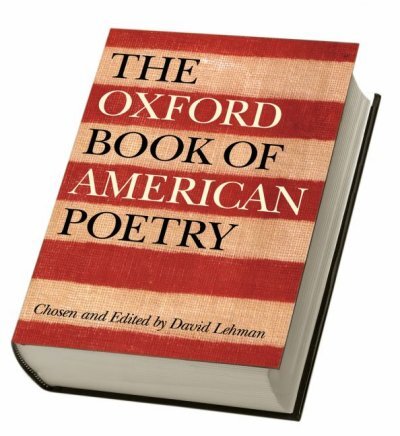ENGL 705.1, Spring 2017
Wednesday Evenings from 7:00 – 9:45
MYBK 208
 American poets have often been sustained by the power of what poet Robert Creeley would call a “company”—a group of fellow travelers in art and life who share certain core ideas about what poetry might accomplish. At times, the semantics of such assemblages are more martial or political, taking on the language of coalitions and movements, whether avant-garde or rear-guard. At times they suggest an artistic flowering, using the language of poetic renaissance. And at times, they take on the institutional language of a “school.” Whether we are talking about the Imagists or the Symbolists, the Fugitives or the Objectivists, the New Negro or the San Francisco Renaissances, the Black Arts or the Black Mountain movements, the New Formalists or the L=A=N=G=U=A=G=E poets, the New York School or the Darkroom Collective, the Confessionals or the Beats, the coalitions of CantoMundo or Cave Canem, such assemblages can help poets make sense of themselves, and they help critics organize—both aesthetically and ideologically, in the moment or in retrospect—the explosive growth of American poetry over the past century.
American poets have often been sustained by the power of what poet Robert Creeley would call a “company”—a group of fellow travelers in art and life who share certain core ideas about what poetry might accomplish. At times, the semantics of such assemblages are more martial or political, taking on the language of coalitions and movements, whether avant-garde or rear-guard. At times they suggest an artistic flowering, using the language of poetic renaissance. And at times, they take on the institutional language of a “school.” Whether we are talking about the Imagists or the Symbolists, the Fugitives or the Objectivists, the New Negro or the San Francisco Renaissances, the Black Arts or the Black Mountain movements, the New Formalists or the L=A=N=G=U=A=G=E poets, the New York School or the Darkroom Collective, the Confessionals or the Beats, the coalitions of CantoMundo or Cave Canem, such assemblages can help poets make sense of themselves, and they help critics organize—both aesthetically and ideologically, in the moment or in retrospect—the explosive growth of American poetry over the past century.
In this class, we will take this broader tendency to “school” our diverse American poetries as a point of departure: How did such schools come to be? What do these schools clarify? What do they obscure? Who gets included? And who remains on the outside? And how have anthologies historically functioned as a means of defining and canonizing these schools? In addition to a diverse range of poems from across the twentieth century, readings will include primary sources such as manifestos, poetics essays and glimpses into historically important anthologies. Our goal will be to become familiar with the most important movements and poets in twentieth century American poetry even as we critically explore how those poetries have been organized, packaged, and schooled.
Of course, American poetry is large and diverse, and I hope students in this course develop, across the semester, a deep curiosity about the schools and movements that we might have to overlook, or that are just emerging on the scene. To give this curiosity some room to unfold itself, the final few classes will be reserved for student-curated reading lists related to the respective final research projects.
Learning Objectives:
By the end of this class, students who successfully complete this class will have demonstrated the ability to:
- Distinguish modern and contemporary poetry from what came before (Romantic and Victorian poetry)
- Develop a thorough understanding of various poetic schools and movements across the twentieth century and beyond
- Articulate how various historical and contextual forces shaped modern poetry
- Propose, develop, and deliver a well-researched, historically-focused analytical project focused on a poetic school or movement of their own choosing
MA Program Outcomes
In addition to the above, students who successfully complete this class will have demonstrated the ability to:
- Convey sophisticated ideas in clear prose
- Analyze the complexities of language in literary and cultural texts
- Interpret the significance of texts within particular geographical, cultural, and historical contexts
- Discover and evaluate literary and cultural criticism within the context of specific assignments or projects
- Integrate literary and cultural criticism into their own writing
Required Texts:
The Oxford Book of American Poetry, ed. David Lehmen (2006). Additional texts for purchase might be required, and there will be a range of readings each week accessible through the “Readings” tab. Check e-mail for password.